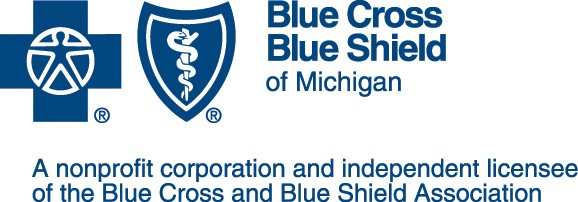INHALE's Strategic Initiatives
The INHALE Coordinating Center has identified several key areas for improving care and outcomes in asthma and COPD. As the collaborative grows and becomes more established the direction of our efforts will be driven by our various committees.
Championing Optimal Health for All
This strategic initiative aims to increase the focus on social influencers of health to close gaps in care and improve the health of all groups.

Advancing Therapeutic Optimization
This strategic initiative is focused on enhancing patient outcomes by reducing reliance on inappropriate and harmful medications, such as Oral Corticosteroids, promoting pulmonary rehabilitation, and ensuring appropriate biologic prescribing.

Promoting Transformative Education
This initiative will look to empower healthcare providers and organizations through three distinct sub-priorities: supporting the path from diagnosis to management, reducing harmful practices, and fostering partnership building.

Delivering Operational Excellence
This initiative will strengthen existing processes and structure to improve the overall efficiency and impact of the collaborative’s activity.


